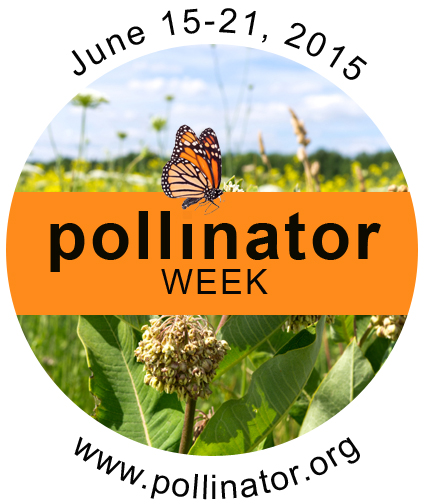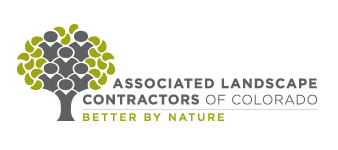|
 Pollinator Week is June 15-21, 2015, and the landscape industry is part of this public initiative. Landscape companies can help consumers make the best decisions for their yards in order to support pollinator health. From building “drinking stations” for bees to using native plants in the yard, there are many things that homeowners can do to make their landscape a welcoming and healthy habitat for bees, hummingbirds, and other pollinators. Sharing this information helps pollinators, makes consumers feel better about their landscape, and gives business owners a marketing opportunity. Pollinator Week is June 15-21, 2015, and the landscape industry is part of this public initiative. Landscape companies can help consumers make the best decisions for their yards in order to support pollinator health. From building “drinking stations” for bees to using native plants in the yard, there are many things that homeowners can do to make their landscape a welcoming and healthy habitat for bees, hummingbirds, and other pollinators. Sharing this information helps pollinators, makes consumers feel better about their landscape, and gives business owners a marketing opportunity.
We've assembled some facts and resources that companies can share with their customers.
The three most important things that pollinators need are
- Shelter. Each pollinator (moths, bees, butterflies, and more) has a habitat that allows it to rest and to nest. Some need trees and shrubs, while others dig into soil.
- Food. Not all flowers are created equal. Some insects need wide, open flowers like poppies, while many hummingbirds prefer long, tubular blossoms.
- Water. Often, a shallow dish of water (with pebbles for safe landing) is best, though some pollinators like a little mud or sugar in their drink.
Pollinator Partnership offers free guides tailored to your region that detail native pollinators, the plants they prefer, and where they like to rest.
Diversity should be emphasized. A variety of plants will attract and serve a variety of beetles, bees, butterflies, and more. The plants should be varied in color, height, and season of bloom.
Planting in varied heights provides a canopy for some pollinators. Dead branches and grasses can provide shelter for some bees—it’s a great excuse to not thoroughly cleaning up. Other insects need clear access to soil for nesting in the ground—further proof that diversity is key. Use available resources to find which variety is bet for your region.
Pollinators in the garden
If a client enjoys a potager, or chef’s garden, they can plant with pollinators in mind. To attract and serve bees and more, try:
- Pumpkin
- Zucchini
- Watermelon
- Apple trees
- Peach trees
- Cucumbers
- Turnips
Herbs can serve as excellent pollinator plants, too. Some excellent herbs that attract pollinators are also delicious with dinner:
- Coriander
- Mint
- Rosemary
- Thyme
- Hyssop
- Lavender
It can be helpful, when suggesting these edible pollinator habitats, to provide customers with recipes or recommendations on using these plants in the kitchen. A quick online search will produce recipes for turnips, hyssop, or coriander.
Other resources you can share with consumers:
Landscape In Colorado, ALCC's consumer page featuring news and information on Colorado landscapes
Pollinator Partnership Pollinator Week 2015 resources
Denver Post article about bee friendly lawns (October 24, 2014)
Xerces Society resources for pollinator health in the Rocky Mountain region
Read more in this issue of Colorado Green NOW:
Education is key in protecting pollinators
White House Pollinator Task Force unveils national strategic plan
Does your team have a heat safety plan?
PlantSelect offers resources for pollinator-friendly gardens and beyond
|


 Pollinator Week is June 15-21, 2015, and the landscape industry is part of this public initiative. Landscape companies can help consumers make the best decisions for their yards in order to support pollinator health. From building “drinking stations” for bees to using native plants in the yard, there are many things that homeowners can do to make their landscape a welcoming and healthy habitat for bees, hummingbirds, and other pollinators. Sharing this information helps pollinators, makes consumers feel better about their landscape, and gives business owners a marketing opportunity.
Pollinator Week is June 15-21, 2015, and the landscape industry is part of this public initiative. Landscape companies can help consumers make the best decisions for their yards in order to support pollinator health. From building “drinking stations” for bees to using native plants in the yard, there are many things that homeowners can do to make their landscape a welcoming and healthy habitat for bees, hummingbirds, and other pollinators. Sharing this information helps pollinators, makes consumers feel better about their landscape, and gives business owners a marketing opportunity.